Wheelgun Wednesday: Smith & Wesson 36, The First J-Frame

Welcome to TFB’s Wheelgun Wednesday, our weekly foray into the world of wheelguns. This week, we’ll take a look at the Smith & Wesson 36, which is a 5-shot, small-frame revolver chambered in .38 Special. The Model 36 is a purpose built self-defense revolver, which is also associated with detective work during the 20th Century. Is it still a viable self-defense weapon for the 21st Century? Let’s see.
Wheelgun Wednesday @ TFB
SMITH & WESSON 36 REVIEW
In 1950, Smith & Wesson launched their first J-Frame at the International Association of Chiefs of Police convention. From this meeting, the new model was dubbed the Chief’s Special. In 1957, S&W began numbering their models, of which the Chief’s Special was numbered the Model 36. Since the first J-Frame was introduced 74 years ago, Smith & Wesson now lists 14 separately numbered J-Frames with a total of 38 variations spread out between four caliber options; .22LR, .22 Magnum, .38 Special, and .357 Magnum.
Based on the serial number, this Smith & Wesson 36 sample dates to around 1970. Although there were 3-inch barreled versions made, this example sports the typical 1.88-inch barrel, which is pinned to keep the barrel rock steady. The front sight blade is integral to the barrel and thus has the same finish as the rear milled gutter sight, which made it difficult to get a great sight picture. To remedy this black-on-black sighting system, I simply used orange fingernail polish on the front sight ramp to create a high-contrast sight picture. The hammer spur doesn’t interfere with the double action sight picture, and it is textured nicely for cocking the hammer back for single action.
The double action trigger pull is roughly 12 pounds, but incredibly smooth throughout its travel. The single action trigger pull is about 2 to 3 pounds, however, during my time with the Model 36, I’ve stuck to double action for 95 percent of the rounds I’ve put through her.
Despite being 54 years old, the mirrored, blued finish on this Smith & Wesson 36 is in remarkable shape, and I made sure to do my part to keep it looking great.
SPECIFICATIONS
Since Smith & Wesson sells the Model 36 under the modern “Classics” line, I’ve included the specs from the current manufacture, but I’ve added notes where the Classic 36 differs from the original.
RANGE TIME
My usual range time with the Smith & Wesson 36 involved shooting from a distance of about 15 yards, with occasional strings shot from the 25-yard line. Even though most self-defense shootings occur within arm’s length to 7 yards, I liked to work on my fundamentals further back.
The old wood service grips supplied with the Model 36 felt good in my hand, but they take a bit more practice for consistency since there’s less material for the hand to purchase compared to larger grips. The service-style grips are extremely easy to conceal, and since they’re not rubbery, they don’t catch an untucked shirt. I generally love service grips for the concealment factor, but it’s one of those tradeoffs to consider when it comes to comfort and control while shooting. The factory service grips as shown here never interfered with ejecting spent cases or loading with speedloaders.
I have dry fired this Smith & Wesson 36 in a jacket pocket, but I’ve never shot live ammo in that manner. It’s quite rare for me to carry it in a jacket pocket in general, but I wanted to try it dry for curiosity’s sake and it ran flawlessly when I tried it. When I did carry the S&W Model 36, it was in an OWB holster, or in a pocket draw holster while running.
FINAL THOUGHTS
The new Smith & Wesson 36 Classic carries an MSRP of $859 according to Smith-Wesson.com, while the used market seems to vary widely, most likely with factors such as overall condition, rarity, original packaging, or collector’s editions. At the time of this writing, used market prices ranged from $376 to $965 for pre-Classic models according to TrueGunValue.com.
Overall, I’ve really enjoyed the Smith & Wesson 36. The .38 Special cartridge is still potent enough for self-defense, and I never felt undergunned while carrying it. Given the history of three-quarters of a century since the Chief’s Special debuted, every type of holster ever devised should be available to fit the S&W Model 36. If you regularly (or occasionally) carry a J-Frame revolver, what type of holster do you use?
What do you think about the Smith & Wesson 36? If you already own one, how has your experience been?

Doug has been a firearms enthusiast since age 16 after getting to shoot with a friend. Since then he's taken many others out to the range for their first time. He is a husband, father, grandfather, police officer, outdoorsman, artist and a student of history. Doug has been a TFB reader from the start and is happy to be a contributor of content. Doug can be reached at battleshipgrey61 AT gmail.com, or battleshipgrey61 on Instagram.
More by Doug E
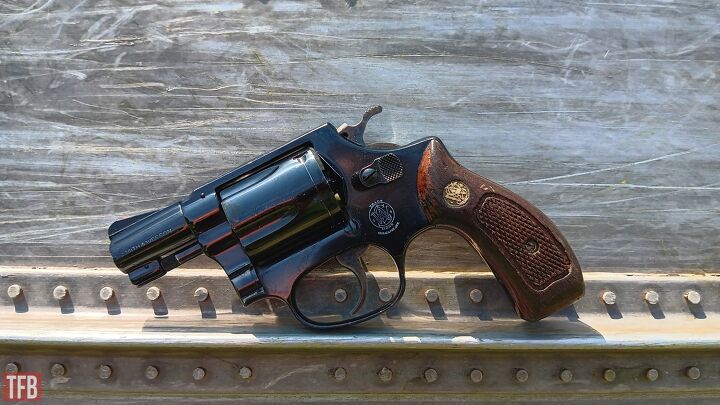














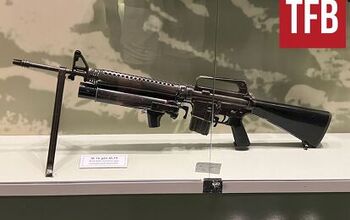
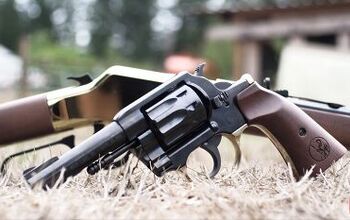
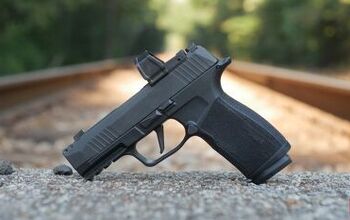





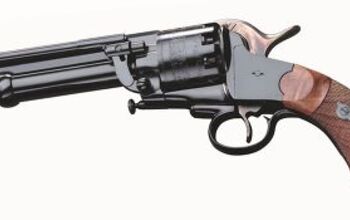
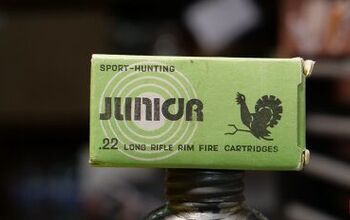
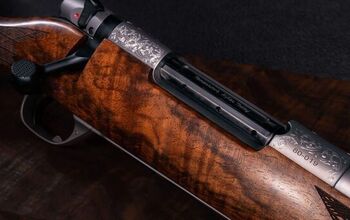
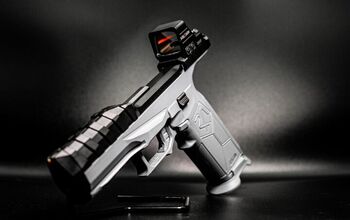
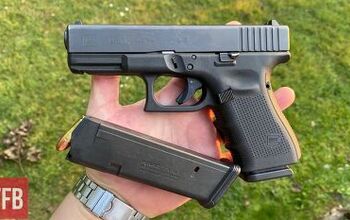



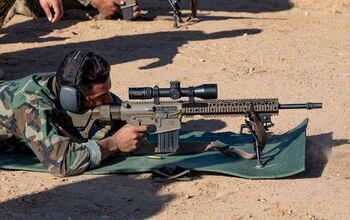

Comments
Join the conversation
I carry a 342 a lot, usually in a pocket holster (I’ve been using a very old version of https://www.dillonprecision... for years. It carries in a chest bag when I’m running. It’s very light … not a ton of fun to shoot (and I routinely shoot 500 S&W, 44 Mag, etc) but easy to carry (see rule #1 … have a gun).
I also carry a 60-4 (3”stainless trail gun) with a C-More red dot in a custom OWB pancake holster. It is fun to shoot; the red dot is a fairly new addition but it’s taken lots of rabbits with the old adjustable iron sights.
Full Fifties Fuddtastic; and that’s a good thing—a VERY good thing.